
views
Using Weak Acids to Clean Kitchen Utensils
Let the pan cool. Trying to clean a hot pan can lead to burned fingers.
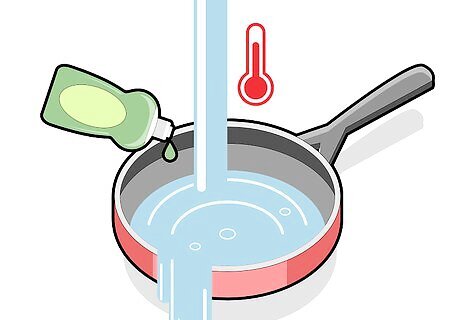
Remove dirt or grease. Wash and dry utensils and pans to make sure they are free of any oil or dirt. Use warm water with dish-washing soap to remove the grease.
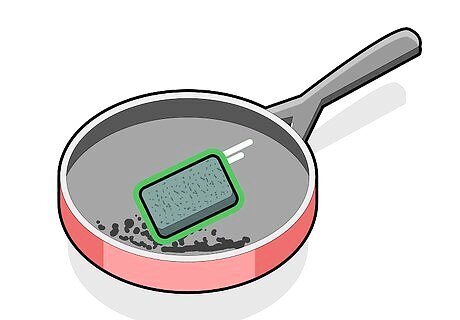
Scrape off any food or burned-on bits. Try a dish scrubber first. If that doesn't succeed, boil water in the bottom of the pan, then use a wooden spoon to scrape off the inside until you reach the aluminum.
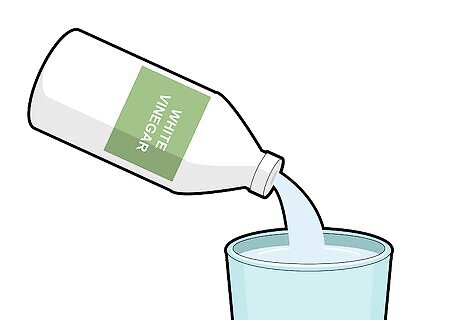
Make an acidic solution. For each quart of water you need, use 2 tablespoons of cream of tartar, white vinegar, or lemon juice. The acidic solution reduces discoloration due to oxidation. You can also rub flatware down with acidic fruits or vegetables, such as apples or rhubarb. Alternatively, you can add apple peels to the water in place of the acid. If you prefer, you can use a gentle aluminum cleaner meant for cookware instead of the boiling method. Use it as you would any soap or mild abrasive to clean flatware and pots. Rub it on with a sponge, and then rinse it or wipe it off. You can also use cleaners like Bar Keeper's Friend.
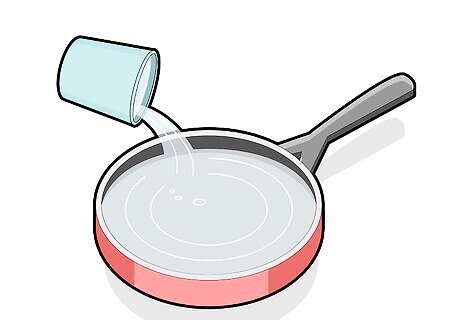
Fill the pot with the solution. If you are cleaning flatware, add it to a pot and then add the solution. If you need to clean the outside of a pot as well as the inside, try submerging it in a larger pot. If you don't have a pot big enough to fit the pot you want to clean, try rubbing the outside with a cut lemon dipped in salt.
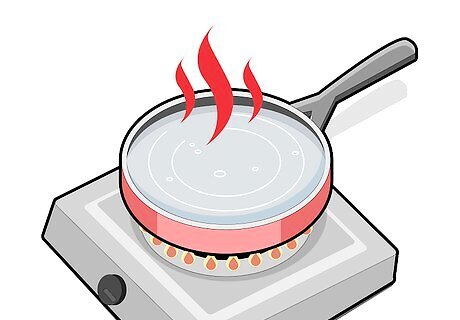
Bring the pot to a boil. Let it simmer for 10 to 15 minutes.
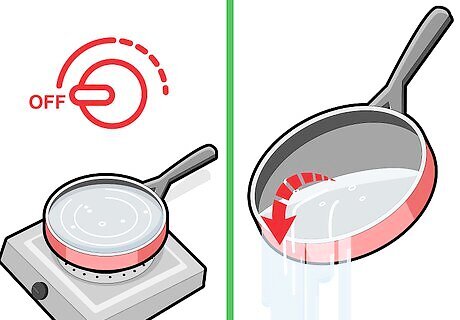
Turn off the burner when the aluminum brightens. Allow the pot and its contents to cool. Pour out the water.
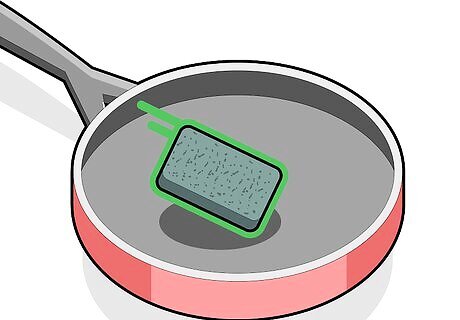
Scrub the pot or pan gently with a scrubber. This process helps remove any leftover discoloration. Avoid using steel wool. It can be too abrasive, causing you problems in the future.
Dry the pot with a towel. Using a clean towel, dry the pot thoroughly.
Cleaning Aluminum Kitchen Surfaces

Gently scrape off or remove any food. Food will interfere with removing the oxidation and get in the way of cleaning the surface.
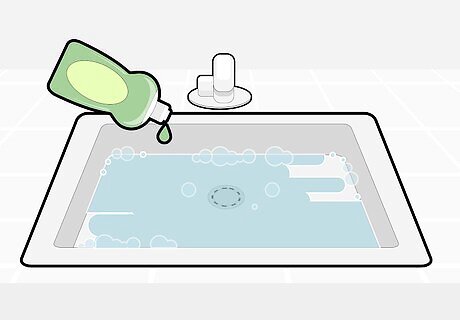
Wash the area with dish-washing soap. Rinse thoroughly. Make sure no grease is left on the surface
Slice a lemon in half. Dip the half in salt. Scrub the surface with the lemon half.
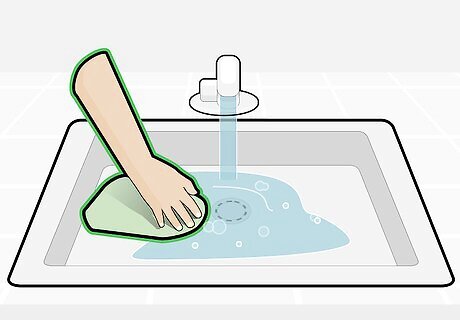
Wipe down the sink or surface with water. Make sure to remove the acid and salt.

Rub off the surface with a clean towel. Make sure the surfaces are dry when you are finished.
Cleaning Outdoor Aluminum Furniture and Accessories

Clean outdoor aluminum on a moderate day. Extreme temperatures will make you uncomfortable when working with metal.
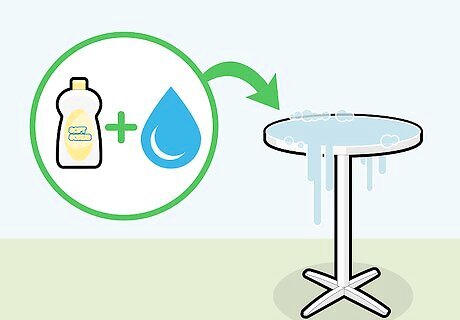
Use a mild soap and water to wash the furniture off. Remove any mud, dirt, or grease. Use a product like Soft Scrub to remove any scuffing.
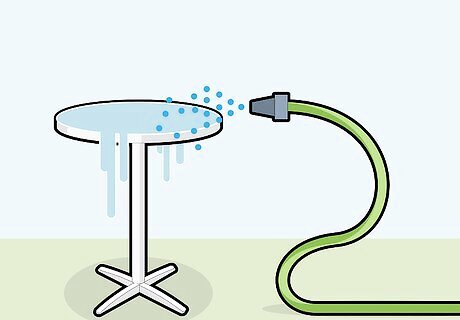
Spray off the furniture with a hose. Make sure any cleaners are off the surface.
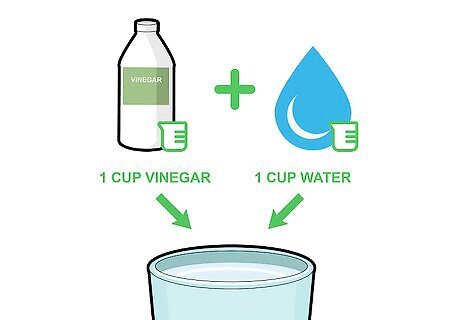
Mix one part acid to one part water. For instance, you can use a cup of vinegar to a cup of water. You can also use cream of tartar or lemon juice. Alternatively, you can use a metal-polishing paste to scrub the furniture in place of the mild acid solution. For brushed aluminum surfaces, you can use stainless steel cleaners. Apply a minimal amount of cleaner, and don't keep it on the surface too long, otherwise it may leave marks that you will need to clean off.
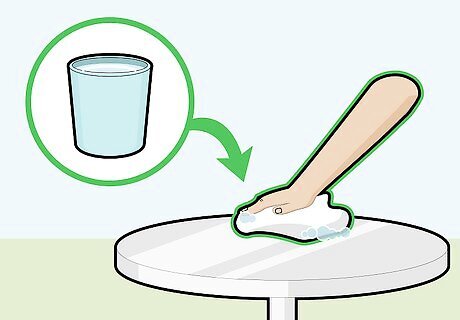
Scrub the furniture with the solution. Use a gentle dish scrubber for the process, as you don't want to damage the metal with scratches. A soft microfiber cloth will also work. You are trying to remove the discoloration due to oxidation. Oxidation is why aluminum doesn't rust. Though oxidation is a form of corrosion, it forms aluminum oxide, which creates a hard, protective barrier that shields the metal from water. However, it does build up over time, and the discoloration lessens the beauty of your furniture.
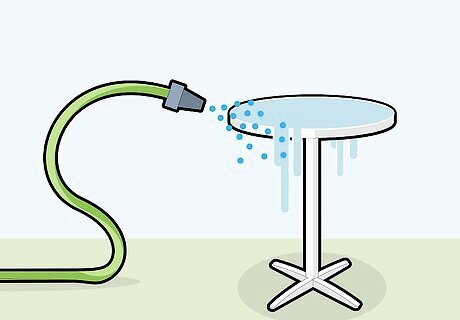
Rinse off the solution with a hose. Ensure you get the solution off the furniture.
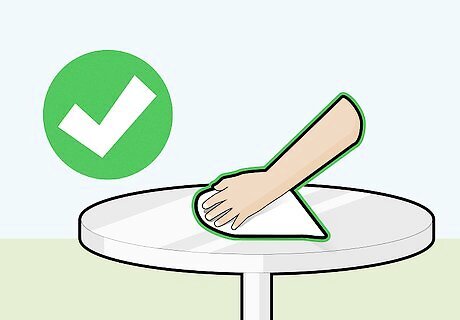
Dry off the furniture with a towel. A dry surface is easier to work with for the next step, so make sure to dry it thoroughly. Another microfiber rag will be a good option.
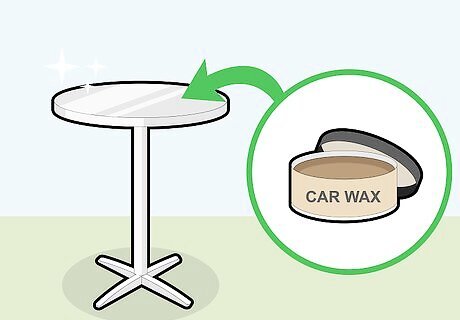
To protect your furniture, use wax. A layer of car wax can help protect your furniture. Apply a light layer in circular motions with a clean rag.



















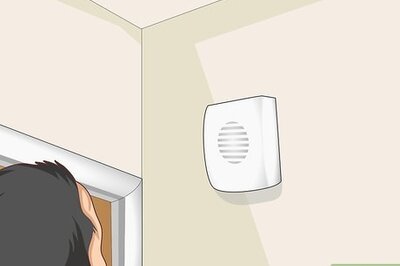
Comments
0 comment